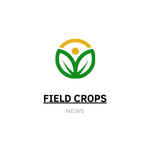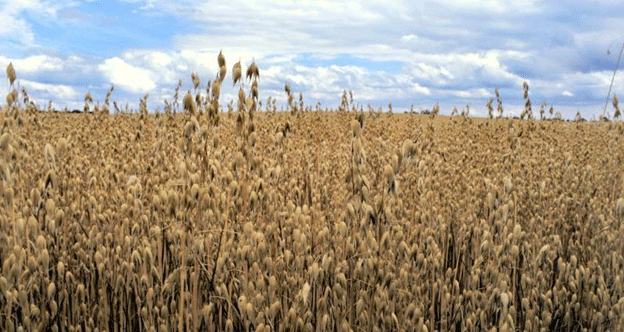Mycotoxins, including DON (deoxynivalenol), T-2, and HT-2 toxins, are toxic compounds produced by certain fungi that can contaminate cereals. These toxins pose significant health risks if present in food products at high levels, which is why the EU closely regulates their allowable concentrations.
The recent changes in regulation introduce stricter limits for these toxins, particularly DON, in cereals destined for food consumption:
- DON (Deoxynivalenol) Maximum Levels:
- The maximum allowable level for DON in unprocessed cereal grains (excluding oats) has been reduced from 1250 ppb to 1000 ppb.
- For unprocessed oat grains with husks, the limit remains at 1750 ppb.
- Milling products of cereals now have a maximum DON level of 600 ppb.
- T-2 and HT-2 Toxins Maximum Levels:
- Unprocessed cereal grains (excluding barley): 50 ppb.
- Unprocessed barley grains (excluding malting barley): 150 ppb.
- Unprocessed malting barley grains: 200 ppb.
- Unprocessed oat grains with husk: 1250 ppb.
- Oats placed on the market for the final consumer: 100 ppb.
- Milling products of oats: 100 ppb.
These limits will directly affect cereal producers in the EU and those exporting to the EU, including Northern Ireland. It is essential for farmers and exporters to ensure their products comply with these new regulations to avoid potential trade disruptions.
Impact of Mycotoxins on Cereal Crops
The primary mycotoxins of concern—DON, T-2, and HT-2—are produced by Fusarium fungi, which thrive in certain environmental conditions. In the UK, DON contamination is particularly problematic in wheat crops, often caused by Fusarium graminearum and Fusarium culmorum. The risk of DON contamination increases with wet weather during the flowering and harvest periods.
For oats, T-2 and HT-2 mycotoxins, produced predominantly by Fusarium langsethiae, are of greater concern. The presence of these mycotoxins can significantly impact the marketability of cereal crops, particularly in light of the new EU regulations.
Strategies to Mitigate Mycotoxin Contamination
Farmers can take several proactive measures throughout the growing season to reduce the risk of mycotoxin contamination in their crops:
- Soil Management: Crop residues on the soil surface can harbor Fusarium inoculum, increasing the risk of mycotoxin contamination. Ploughing or intensive cultivation can help reduce this risk by burying residues.
- Crop Rotation: Avoid planting wheat after maize, as this can increase the risk of Fusarium infection due to the residue left behind from maize crops, which can harbor the fungus.
- Variety Selection: Consult the AHDB Recommended List for varieties that exhibit resistance to Fusarium ear blight. Choosing resistant varieties is a crucial step in minimizing the risk of mycotoxin contamination.
- Fungicide Application: Applying a T3 fungicide with activity against Fusarium and mycotoxin production during the late stages of wheat development can be an effective strategy to control the spread of the fungus and reduce mycotoxin levels.
The new EU mycotoxin limits present both a challenge and an opportunity for cereal producers. By understanding the risks associated with Fusarium fungi and implementing best practices in crop management, farmers can reduce the likelihood of mycotoxin contamination and ensure their products meet the stringent new EU standards. As the global market for cereals becomes increasingly regulated, staying informed and proactive is essential for maintaining market access and protecting crop quality.
Error




